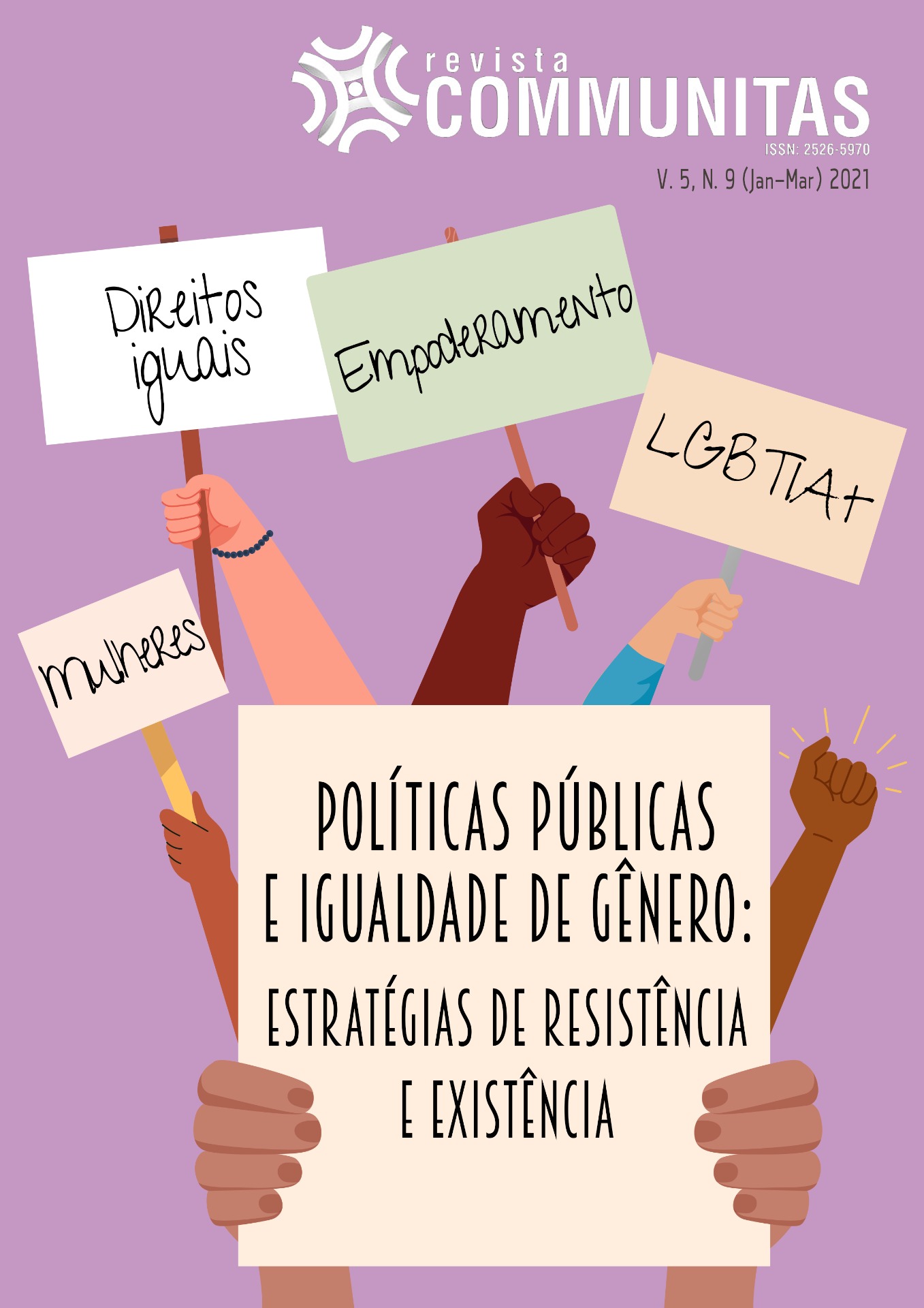THE VOICE THAT RESISTS SLAVERY:
gender and race in the trajectory of Maria Firmina dos Reis
Keywords:
Maria Firmina dos Reis; Literary historiography; Gender; Race.Abstract
This article seeks a reflection on the trajectory of Maria Firmina dos Reis, a Brazilian literati who, for centuries, was relegated to ignorance. Through a theoretical reflection on gender and race issues in women's writing, depending on the history of women, we will reflect on the transgressions in the writing and other performances of the novelist from Maranhão, who was represented in different media paths. To perform such an analysis, we will appropriate the theoretical postulates of Simone de Beauvoir (2016a, 2016b), Virginia Woolf (2014, 2016), bell hooks (2019) and Djamila Ribeiro (2018), reflecting on how the issue of gender and race cross the trajectory of Maria Firmina dos Reis, which confronts historiographical and literary discourses about national production, in a narrative aesthetic that evokes abolitionism and blackness, in a writing that begins in the second half of the nineteenth century and goes until the first years of the later century.
Downloads
References
BEAUVOIR, Simone de. O segundo sexo: a experiência vivida. 3. ed. Rio de Janeiro: Nova Fronteira, 2016b.
DAVIS, Angela. Mulheres, raça e classe. São Paulo: Boitempo, 2016.
HOOKS, bell. Olhares negros: raça e representação. São Paulo: Elefante, 2019.
LOBO, Luiza. Maria Firmina dos Reis. In: DUARTE, Eduardo de Assis. (org). Literatura e Afrodescendência no Brasil: antologia crítica. 4. v. Belo Horizonte: Editora UFMG, 2011.
REIS, Maria Firmina. Úrsula e outras obras. Brasília: Câmara dos Deputados; Edições Câmara, 2018.
RIBEIRO, Djamila. Quem tem medo do feminismo negro? São Paulo: Companhia das Letras, 2018.
WOOLF, Virginia. Profissões para mulheres e outros artigos feministas. Porto Alegre, RS: L&PM, 2016.
WOOLF, Virginia. Um teto todo seu. São Paulo: Tordesilhas, 2014.
Downloads
Published
How to Cite
Issue
Section
License
Copyright (c) 2021 Communitas

This work is licensed under a Creative Commons Attribution-NonCommercial-ShareAlike 4.0 International License.
The Copyright for articles published in this magazine belongs to the author, preserving the rights of first publication for the Communitas Magazine. Because they appear in this publicly accessible journal, the articles are free to use, with their own attributions, in educational and non-commercial applications.
























